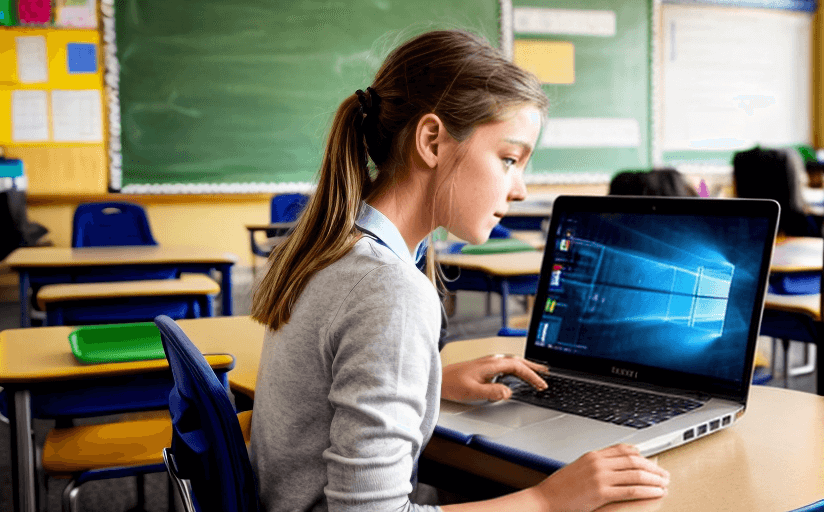Exploring the Benefits of Experiential Learning in Education
Experiential learning has the potential to revolutionize the education system. By taking learning out of the traditional classroom setting and engaging students in interactive, hands-on activities, experiential learning can provide a more dynamic and engaging educational experience. This type of learning has the potential to benefit both students and educators, as it can help to improve comprehension of academic subjects, boost engagement, foster creativity, and help to develop problem-solving, self-awareness, and collaboration skills.
How Experiential Learning Can Boost Student Engagement
Experiential learning can help to engage students in the learning process in a way that traditional classroom teaching cannot. By engaging students in activities such as field trips, service learning projects, and simulations, experiential learning can provide a more interactive and meaningful learning experience. For example, rather than simply reading about a certain topic, students can take a field trip to a historical site and learn about it in a more tangible way. This type of experiential learning can help to engage students and make learning more exciting and enjoyable.
How Experiential Learning Can Help Improve Comprehension
Experiential learning can also help to improve student comprehension of academic subjects. By providing students with a hands-on learning experience, they are better able to internalize and understand the material they are learning. For example, rather than simply reading about a certain topic, students can participate in a service learning project and gain a better understanding of the subject by actually experiencing it. This type of experiential learning can help to make learning more meaningful and can lead to improved comprehension and retention of information.
How Experiential Learning Can Foster Creativity, Problem-Solving Skills, and Self-Awareness
Experiential learning can also help to foster creativity, problem-solving skills, and self-awareness. By engaging students in activities such as simulations, role-playing, and group projects, experiential learning can help to develop these important skills. For example, a simulation can help students to become more creative in their problem-solving skills, while role-playing can help to develop self-awareness and collaboration. This type of experiential learning can help to create a more dynamic and interactive educational environment, which can lead to improved learning outcomes and better student engagement.
Examples of Experiential Learning in the Classroom
Experiential learning has been used successfully in many different educational settings. For example, many schools have implemented service learning projects, simulations, field trips, and group activities into their curriculum. These activities have been shown to have positive impacts on student engagement and comprehension. Additionally, these activities can help to foster creativity, problem-solving skills, self-awareness, and collaboration.
Conclusion
Experiential learning has the potential to revolutionize the educational system. By taking learning out of the traditional classroom setting and engaging students in interactive and hands-on activities, experiential learning can provide a more engaging and dynamic educational environment. This type of learning can help to boost student engagement, improve comprehension of academic subjects, and foster creativity, problem-solving skills, self-awareness, and collaboration. Additionally, examples of experiential learning have had positive impacts in classrooms and other educational settings.
















Comments
Leave a Comment